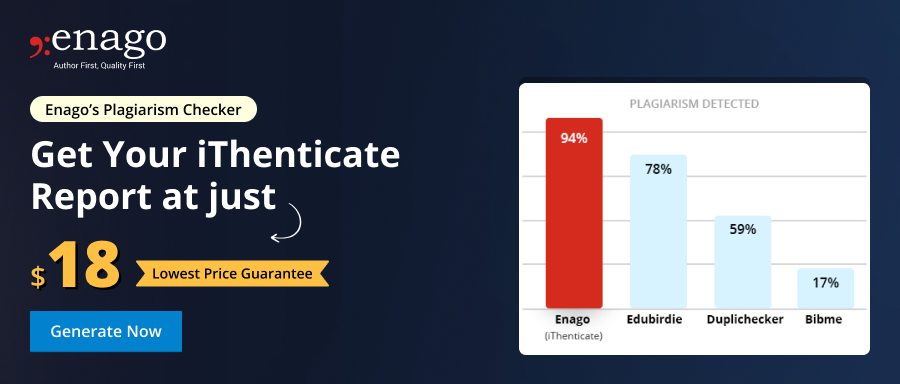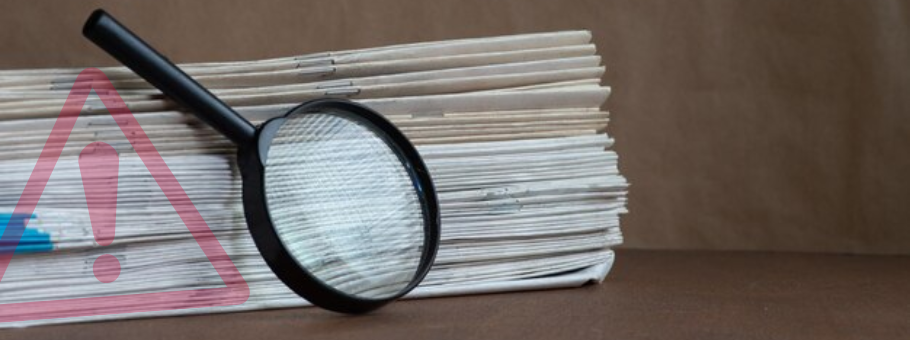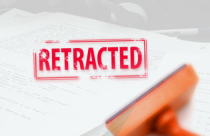Academic Research Misconduct: Spotlight on duplicate publications and simultaneous submissions

Simultaneous submissions and duplicate publications are considered unethical in scientific disciplines. With some exceptions (explained below), most journals do not accept a manuscript unless it is an original work, and the work is not under consideration by any other journal. Publishers outline strict guidelines on ethical behavior. However, authors find several terms regarding submissions to be confusing. In this article, we discuss “simultaneous submissions” and “duplicate publications” to provide a better idea of why these practices are unethical and how authors can avoid them.
Academic Research Misconduct
The term “simultaneous submissions” refers to a manuscript that is submitted by an author to more than one journal. “Duplicate (or redundant) publication” refers to an overlap in the content and authorship of a previously published work. In this case, the contents of the duplicate published work might be nearly identical and have at least one common author.
In most cases, this would be considered as academic research misconduct and should be avoided; however, there are certain circumstances under which they are allowed (see below). To help publishers identify and deal with these infractions, the Committee on Publication Ethics (COPE), was set up in 1997 to help editors and publishers with a wide range of publication ethics, and to provide guidelines on “how to handle cases of research and publication misconduct.” Although not an investigative organization, COPE does provide its members with the ability to openly discuss any cases that they might suspect as author misconduct.
Why is This a Problem?
Authors might have personal reasons for engaging in this type of misconduct. Often, the author must publish in several journals to further his or her academic career, including receiving advanced degrees and research grants. Authors might also believe that it helps to publish their papers quicker and will withdraw their papers from the other journals when accepted by one. These practices are unacceptable because of the risk of skewed data, unconfirmed results, and self-plagiarism. Duplicate submissions and duplicate publications add undue stress on publishing staff, wasting their time and effort reviewing a paper. Data fabrication in research undermines scientific integrity by introducing false information, compromising the validity and reliability of findings.
Some journals go through all manuscripts two- or three-times using plagiarism detection software, which not only allows them to identify plagiarism but also highlights any duplication with other journals. Although this process is time-consuming, it has become necessary only to avoid unethical practices. After this initial check, the peer reviewers also help identify any duplication. Reviewers are often subjected to unknowingly reviewing the same paper more than once for different journals. In addition, once an infraction is suspected, the publisher, staff, and reviewers spend more time to follow the steps necessary to resolve the issues. Although COPE has outlined a detailed set of processes for editors to follow in order to resolve these issues; it is clear from these that unethical practices cost both time and money for the publisher and would hamper the authors’ academic career.
Exceptions
Although multiple submissions and duplicate publication are deemed unethical, there are certain circumstances under which they are allowed. For example, BioMed Central endorses the recommendations from the International Committee of Medical Journal Editors and allows the following exceptions:
- Pre-print servers (e.g., ArXiv) and author/institutional repositories (acceptable).
- Health technology assessment (discretion of editor).
- Co-publication in multiple journals (discretion of editor and ICMJE guidelines).
- Abstracts/posters (acceptable).
- Open science (acceptable if not incorporated into a manuscript, editor’s discretion).
- Unabridged versions of abridged articles (discretion of editor along with permission from the previous publisher; appropriately cited).
- Non-research articles (can use previously published figures and tables with permission; must declare invitations on similar subjects).
Guidelines for Authors
Most, if not all, journals provide guidelines that require the authors to state that the work has been neither published nor is being considered for publication by another journal. Authors are responsible for fully disclosing to the editorial staff of the target journal regarding any previously submitted work. Authors must also disclose whether the manuscript or part of the manuscript has already been published in another journal or at a conference in any form. Any previous publication must be fully disclosed, and authors should cite all previous publications. There will most likely be opportunities to submit manuscripts to more than one journal; however, it is advisable to formally withdraw the manuscript from one journal before submitting to another journal. In case the manuscript is already being reviewed; in order to submit to another journal, authors should immediately notify the editor of the first journal and request for written documentation that the manuscript has been withdrawn. It is not until authors have this formal confirmation that they are allowed to submit to another journal.
Some authors also want to submit their manuscripts to journals written in a different language. While some journals allow this, consent from the original publisher and any authors who might own the copyright to the manuscript is required. Any other details pertaining to previous publication must also be disclosed at the time of submission. While primary authors are mainly responsible for preventing multiple submissions, coauthors are equally responsible. It is critical that the primary authors check with all coauthors when submitting to avoid duplication. In case a manuscript is required to be withdrawn, all coauthors must provide their approval to have any paper withdrawn. Authors must ensure that all ethical guidelines have been followed in order to avoid duplicate publication and simultaneous submission.











very well explained
I do not even know how I ended up here, but I thought this post was good.
I do not know who you are but certainly
you’re going to a famous blogger if you aren’t already 😉 Cheers!